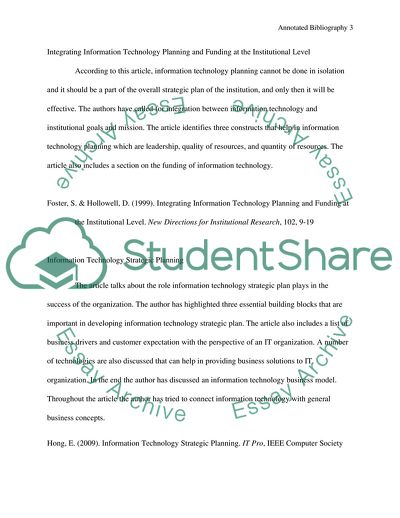Cite this document
(Information Technology and Corporate Strategy Annotated Bibliography, n.d.)
Information Technology and Corporate Strategy Annotated Bibliography. https://studentshare.org/information-technology/1779587-it-strategic-plan-in-high-education
Information Technology and Corporate Strategy Annotated Bibliography. https://studentshare.org/information-technology/1779587-it-strategic-plan-in-high-education
(Information Technology and Corporate Strategy Annotated Bibliography)
Information Technology and Corporate Strategy Annotated Bibliography. https://studentshare.org/information-technology/1779587-it-strategic-plan-in-high-education.
Information Technology and Corporate Strategy Annotated Bibliography. https://studentshare.org/information-technology/1779587-it-strategic-plan-in-high-education.
“Information Technology and Corporate Strategy Annotated Bibliography”. https://studentshare.org/information-technology/1779587-it-strategic-plan-in-high-education.


